Learning which metrics to monitor can make all the difference when diving into SEO, which can feel like navigating a huge ocean. If you were in charge of an online store, you would want to know how many visits become buyers. Imagine, too, a blog where knowing your bounce rate can show how interesting your material actually is.
Tracking the appropriate measurements, such as:
- Natural Traffic
- List of Keywords
- Bounce Rate
These components guide your SEO plan and guarantee you optimize the important things. Using Plerdy’s robust tools, analyze user behavior, conduct efficient A/B tests, and increase conversion rates. Gaining knowledge of these metrics will improve your website’s performance and turn data into useful insights.
What are SEO Metrics?
We shall go into it! SEO metrics are the main markers indicating your website’s performance in search engines. They are indispensable for refining and enhancing your SEO plan. Consider them your website’s health metrics. Are you entering now?
- Organic Traffic is the mainstay of SEO. It reports on the number of individuals using unpaid search results to visit your website. If this figure is rising, you are headed in the correct direction! View it in Google Analytics.
- Keyword Rankings: Are you curious about the search engine results for particular keywords? Keyword rankings show the position on search engines for those terms. Excellent tools for this are Ahrefs and SEMrush.
- Bounce Rate: This metric shows the percentage of visitors who leave after viewing just one page. Is your bounce rate good? If not, it’s time to update your material or enhance the user experience to keep people coming back.
Do you have questions? Let’s talk after you post them in the comments! For further advice, remember to subscribe to our channel.
Top 10 SEO Metrics to Track and Improve
SEO metrics are critical indicators used to measure the performance of your website in search engines. They provide insights into how well your website is optimized, how it’s perceived by users, and where improvements can be made to enhance visibility and user engagement. Below is a comprehensive table outlining the top 10 SEO metrics you should track and strategies to improve them. This guide will help you understand each metric’s impact on your overall SEO efforts and how to leverage them for better search engine rankings and website performance.
| SEO Metric | Description |
|---|---|
| Organic Traffic | Measures the number of visitors coming to your website from search engines, excluding paid ads. This indicates your website’s search engine visibility and organic reach. |
| Bounce Rate | The percentage of visitors who leave your site after viewing only one page. A high bounce rate may indicate that your content is not engaging enough or not relevant to what users are searching for. |
| Keyword Rankings | Tracks the positions of your website’s keywords in search engine results pages (SERPs). Higher rankings can lead to more organic traffic. |
| Average Session Duration | The average amount of time visitors spend on your site during a session. Longer durations can indicate more engaging content. |
| Click-Through Rate (CTR) | The percentage of users who click on a link to your site after seeing your listing in the search results. It helps assess the effectiveness of your titles and descriptions. |
| Conversion Rate | The percentage of visitors who complete a desired action on your site, such as filling out a form or making a purchase. This is crucial for evaluating the profitability of your SEO efforts. |
| Backlinks and Referring Domains | The number and quality of backlinks pointing to your website from other sites. This metric is key for SEO as it influences your domain authority and search rankings. |
| Indexed Pages | The number of your site’s pages that search engines have included in their index. More indexed pages can improve your site’s visibility and organic search traffic. |
| Core Web Vitals | A set of specific factors that Google considers important in a webpage’s overall user experience. Examples include loading performance, interactivity, and visual stability. |
| Crawl Errors | Errors that search engines encounter while trying to access pages on your website. Fixing these can improve SEO by ensuring all your content is indexable and accessible. |
1. Organic Traffic
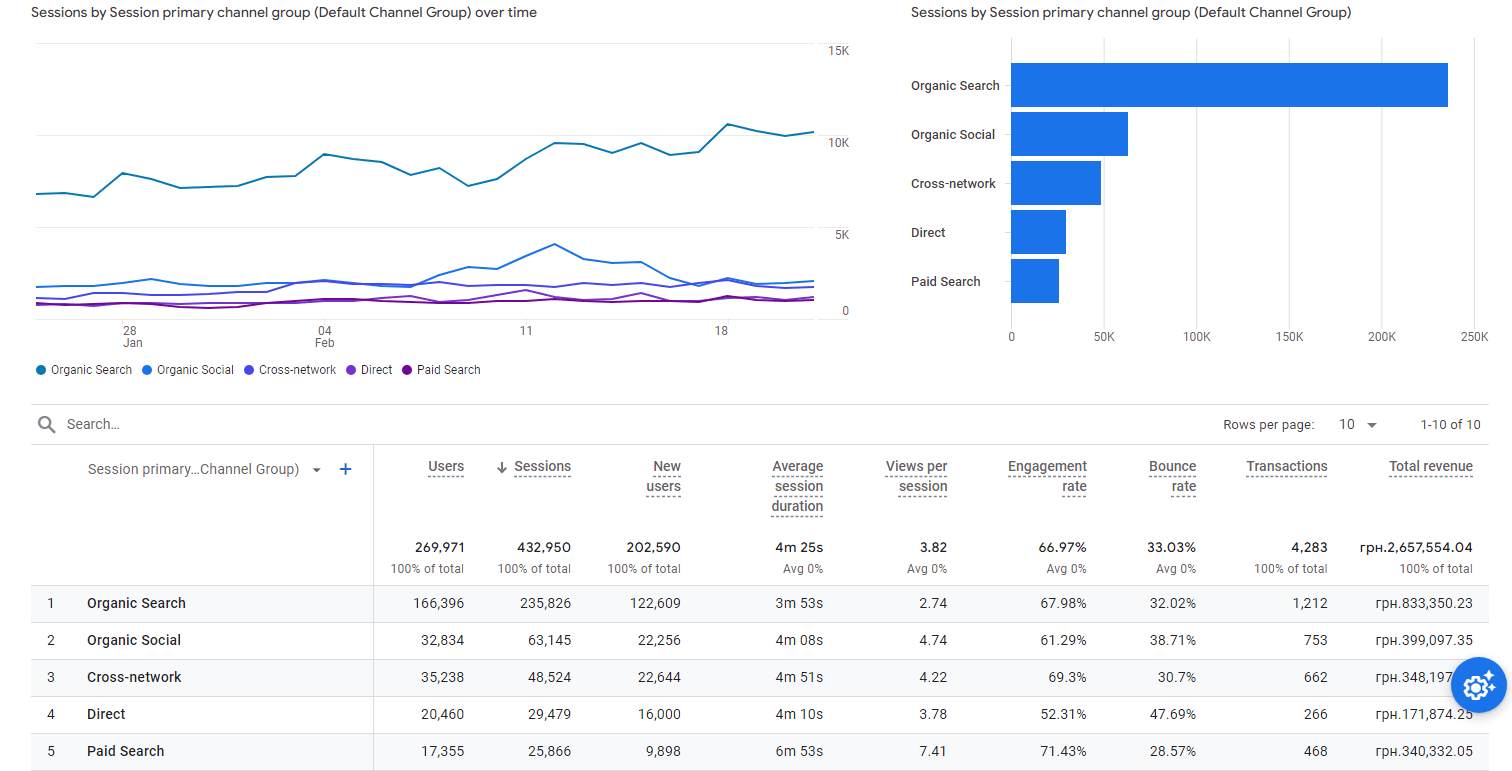
Organic traffic is the lifeblood of your SEO plan. The people who arrive on your website from unpaid search results are everything. Consider this the result of your SEO efforts; if everything is going well, this figure ought to increase.
- Why It Matters: Organic traffic readily demonstrates your content’s search engine performance. More traffic indicates more readers or possible clients. Being focused and free is quite valuable.
- Track It: Go to Google Analytics. Under the Acquisition tab, you can find comprehensive reports on the source of your traffic. Have you seen a rising trend? Excellent work. In that case, it’s necessary to modify your SEO strategies.
- Increasing Organic Traffic: There are a few tactics for increasing organic traffic. Provide excellent, pertinent information that addresses your readers’ concerns. Maximize your on-page SEO by making sure your website runs quickly, using keywords naturally, and improving meta descriptions.
Do you have questions about raising your organic traffic? Put them in the space provided for comments below, and we can talk! Remember to subscribe to our channel for further viewpoints. Plerdy’s tools let you run A/B testing, examine user behavior, and see your traffic increase!
2. Bounce Rate
Importantly, the bounce rate displays the proportion of users who abandon your website after reading just one page. A high bounce rate is one warning sign that your material may not be interesting or relevant enough.
- Why It Matters: Your website’s bounce rate functions as a litmus test. If people are leaving your website quickly, they are not finding what they need. For instance, you may need to provide more interesting or pertinent material if readers of your healthy recipe blog disappear after reading just one post.
- Track It: Look at your Google Analytics dashboard. Get to Behavior > Site Content > All Pages. Each page’s bounce rate is displayed here. Seeking a lower bounce rate usually indicates that your visitors are staying longer.
- Cutting Bounce Rate: To keep people on your website, make sure your material is excellent and pertinent. Use internal links to point them to relevant products or publications. Boost the speed with which your website loads and make sure it works on mobile devices. Do your call-to-actions (CTAs) strike you as strong enough?
Do you have any queries? Post them in the comments, and let’s talk! Remember to follow our YouTube channel for additional SEO advice. To reduce that bounce rate, use Plerdy’s tools to examine visitor behavior and optimize your sites!
3. Keyword Rankings
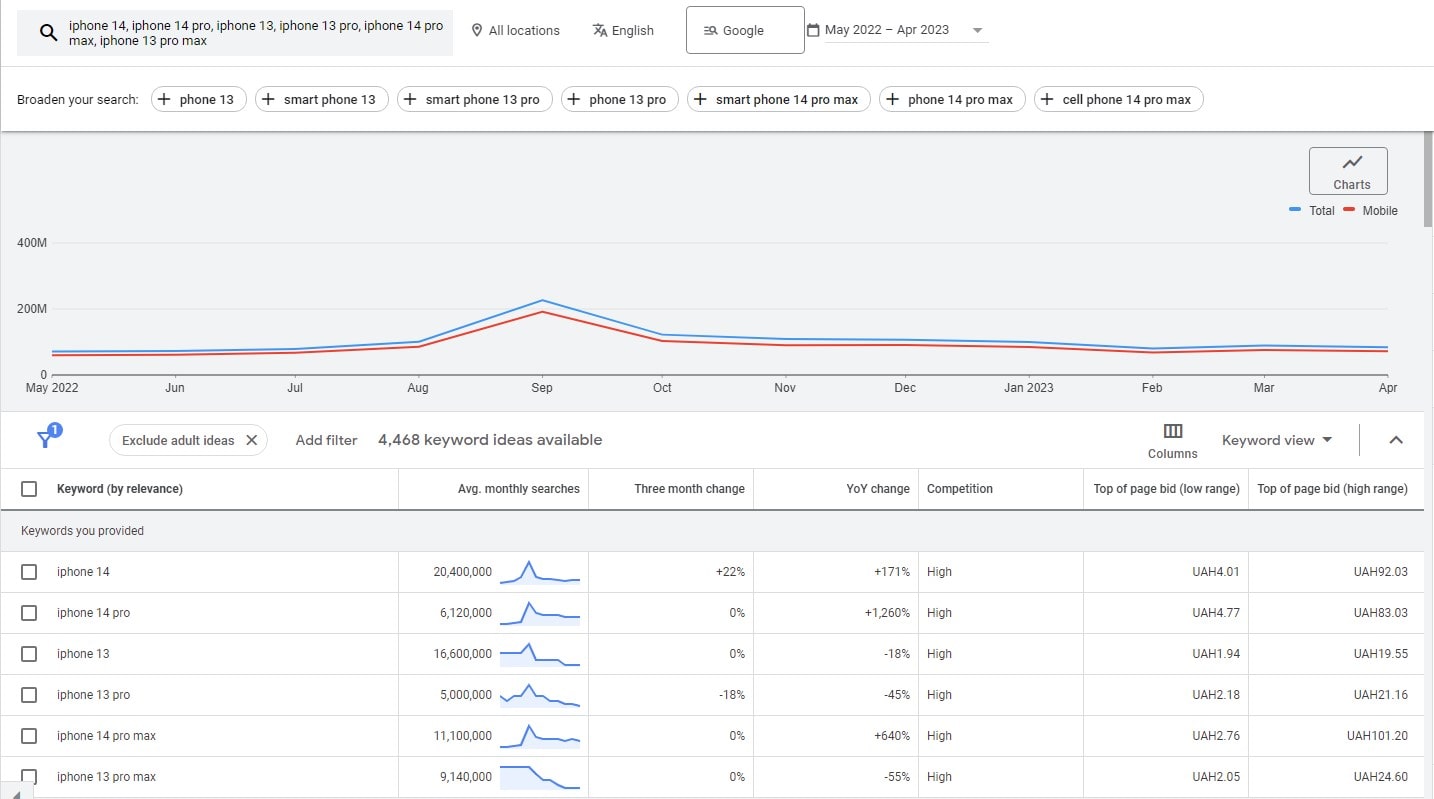
Keyword rankings are the lifeblood of your search engine optimization (SEO) operations. In other words, they show where your website ranks for specific keywords in search engine results. Monitoring these SEO metrics will reveal where your content needs work and how well it is doing.
- Why It Matters: Increased visibility and traffic follow from high keyword rankings. You draw in more focused visitors when your website ranks highly for keywords related to your industry. If you sell eco-friendly products, for example, placing highly for “best eco-friendly products” can drive a lot of interested visitors to your website. Driven relevant traffic depends heavily on this SEO metric.
- Track It: Monitor your keyword positions Using Google Search Console, Ahrefs, or SEMrush. These programs show where you rank in the search results, the terms for which you rank, and how these rankings have changed over time. Routinely tracking these SEO metrics ensures that you stay on top of your keyword performance.
- Boosting Keyword Rankings: If you want to raise your ranks, give creating outstanding, relevant content first priority. Obviously, include your goal keywords, optimize your meta descriptions, and ensure your website has good technical SEO. Moreover, create excellent backlinks; these will help your website by functioning as votes of trust.
Are your questions still unanswered? Just leave them in the space provided for comments below! Keep watching our channel for more guidance. With Plerdy’s tools, you can easily monitor and improve your keyword ranks. Let us assist your website in rising through those search results and enhancing your SEO stats!
4. Average Session Duration
A key SEO metric for measuring how long visitors stay on your website is the average session duration. This metric shows how interesting and pertinent your material is to your readers. Better still, a longer session is better!
- Why It Matters: If someone finds value in your material, they are likely to spend a good amount of time browsing your website. When readers of your travel blog spend more than a few minutes, for instance, it’s a good sign that your advice and anecdotes are engaging. Understanding user involvement depends heavily on this SEO statistic.
- Tracking It: Here your best friend is Google Analytics. Click Audience > Overview to discover the typical length of a session. A hint to review your content strategy is if you see short sessions. Continually keeping an eye on this SEO measure enables you to determine how successful your content is.
- Increasing Average Session Duration: Concentrate on producing excellent, educational, and amusing content to keep visitors interested and increase this SEO measure. By including photos and videos, your pages can become more interactive. Make sure your website’s navigation is intuitive so that users may locate relevant material with ease. Additionally, internal links to other pertinent pages or topics encourage longer visits.
Ever wonder why potential visitors delete your page so quickly? What use is there in hiding important stuff? Inquire of your viewers in the comments about their opinions. Questions are welcome in the space provided below!
Please subscribe to our channel for further advice on improving your website’s performance. Using comprehensive SEO stats, Plerdy provides tools to assist you in examining user behavior and increasing the length of your average session. Keep those people coming!
5. Click-Through Rate (CTR)
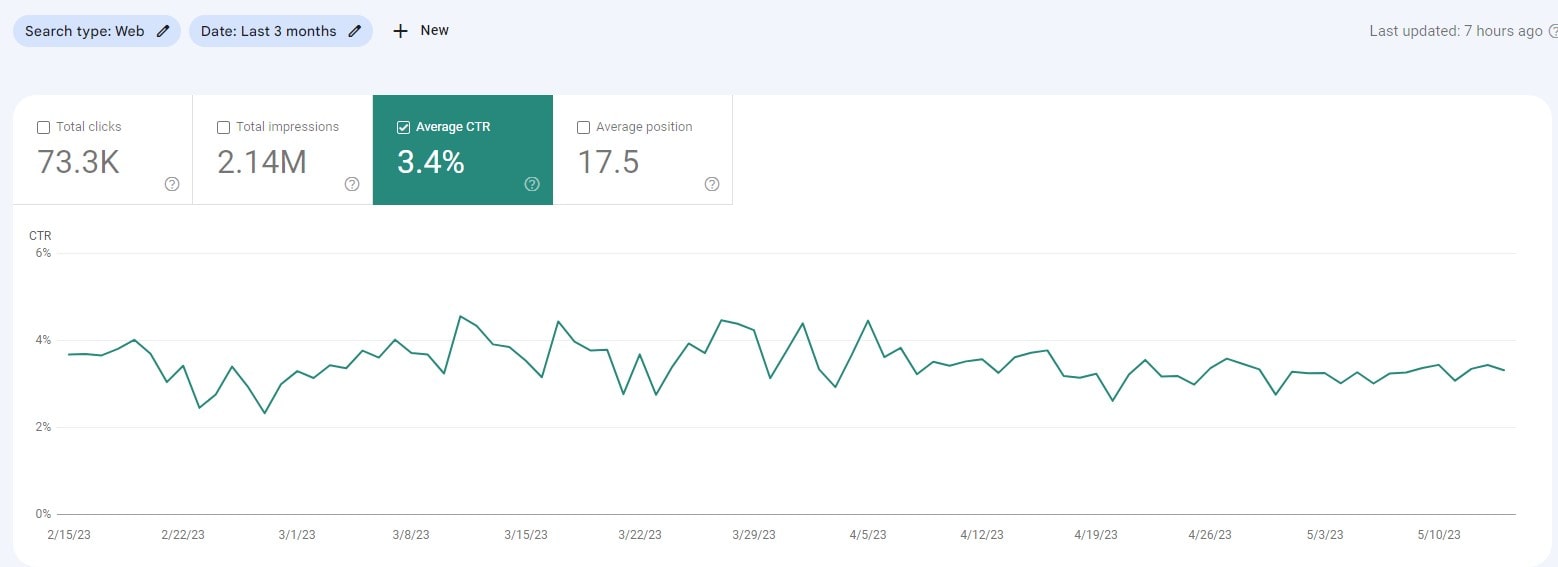
One important statistic, click-through rate (CTR), counts how many people click on your link after seeing it in search results. This tells you exactly how interesting and pertinent your meta descriptions and title tags are.
- Why It Matters: CTR is crucial because it immediately impacts your organic traffic. A higher CTR represents more visitors, which can result in more conversions and revenues. An engaging and pertinent title, for instance, might greatly boost the number of visitors who click through to your product pages if you run an online store.
- Track It: Visit Google Search Console. Under the Performance area, you can see detailed information on your CTR for various queries and pages. A low CTR may indicate that your descriptions and titles need work.
- Increasing CTR: To increase your CTR, write interesting and pertinent meta descriptions and title tags. Verify that they correspond with the search intent and use action-oriented language. Try “Shop Stylish Shoes with Free Shipping” instead of “Buy Shoes Online,” for instance. Naturally include your goal keywords.
These minute but important elements determine how well your website performs. If nobody clicks, what use is ranking highly? Have a question about CTR optimization? Ask in the space provided below!
Watch our channel for additional SEO insights. Plerdy offers tools to help you examine your click-through data and make wise modifications. Those impressions should become clicks.
6. Conversion Rate
The SEO metric known as conversion rate indicates how many visitors finish a desired action on your website, such as buying something or signing up for a newsletter. Examining how well your website converts visitors into clients depends on this statistic.
- Why It Matters: Your bottom line directly benefits from the conversion rate. Well-converting websites successfully convince visitors to act. In an online store, for example, raising your conversion rate can greatly increase sales and income. This SEO metric enables you to evaluate how well your website’s user experience works.
- Using Google Analytics, set up and track your conversion targets. See how many visitors are converting by going to Conversions > Goals > Overview. Another helpful program for examining user behavior and pinpointing areas that need work is Plerdy. Frequent monitoring of this SEO metric guarantees you are aware of the state of your website.
- Increasing Conversion Rate: Increasing your conversion rate mostly requires improving the user experience. Check that your website runs fast and works well on mobile devices. Utilise strong, unambiguous calls to action (CTAs). Switch out a basic “Submit” button, for instance, with a customized “Get Your Free Quote” button. To find out what your audience responds to best, A/B test headlines, photos, and CTAs.
It follows that each visitor who leaves without converting is a missed chance. Why let them go? Post any queries you may have about raising your conversion rate in the space provided below!
Watch our channel for more website improvement advice. Analyze your conversion data with Plerdy’s tools to make meaningful adjustments. Let us increase your SEO metrics and convert visitors into devoted clients!
7. Backlinks and Referring Domains
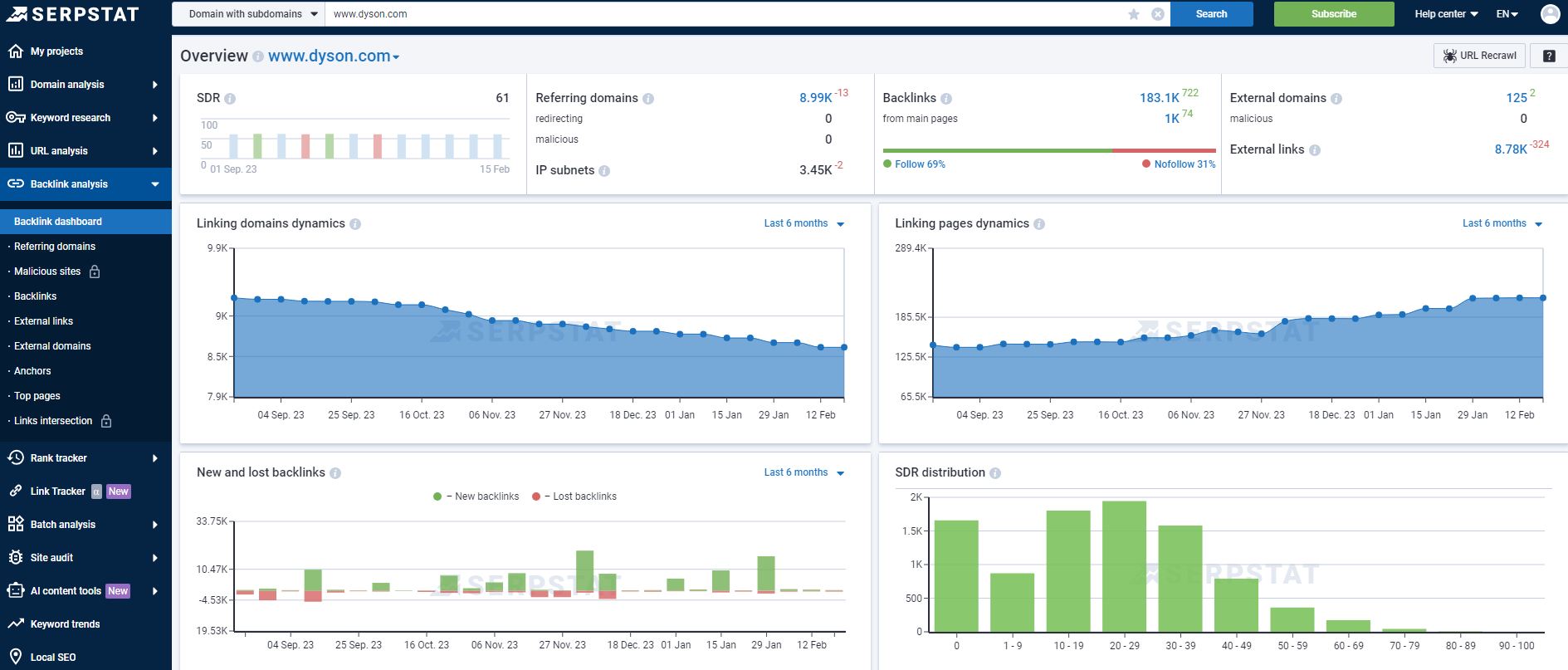
Referring domains and backlinks are your website’s equivalent of votes of trust. They show search engines that other websites have enough faith in your material to link to it. The more excellent backlinks you have, the better your SEO will be.
- Why It Matters: In SEO, backlinks rank among the most significant elements. They support the reliability and authority of your website as determined by search engines. Google is told that your website is reliable and valuable if well-known websites link to it. Consider that you run a tech blog; a backlink from TechCrunch would greatly improve your SEO.
- How to Track It: For backlink and referring domain monitoring, Ahrefs, Moz, and SEMrush are your best bets. These tools provide detailed reports on who is referring to you, the caliber of those links, and the changes in your backlink profile over time.
- Increasing Backlinks: If you want a robust link profile, your top priority should be producing excellent, shareable content. Speak with bloggers and industry influencers to have your material published. You may also get worthwhile backlinks by guest posting on respectable websites. Steer clear of spammy link-building strategies; quality has to come before quantity.
Links from reliable websites have the power to explode your SEO. What good reason to pass up such possibilities? Post your queries on backlink building in the space provided for comments below!
Watch our channel for additional tips on improving your backlink profile. Track and improve your approach with Plerdy’s tools. Come along as we create a powerful link network and improve your SEO!
8. Indexed Pages
Indexed pages are those of your website that search engines like Google have scanned and included in their indexes. Search results won’t show your pages if they aren’t indexed, hence this SEO measure is essential.
- Indexed pages regulate how much of your website search engines may view. The more relevant sites you have indexed, the more chances you have to rank for certain keywords. For instance, if you own an online bookstore, you want all of your product pages indexed so that prospective buyers can locate every book you have available. Increasing your website’s exposure depends critically on this SEO measure.
- See Which Pages Are Indexed using Google Search Console. For a comprehensive list of both indexed and non-indexed pages, go to the Coverage report in Search Console. Utilizing Google’s “site.com” search operator is another fast method to find out how many pages are indexed. By routinely monitoring this SEO metric, you can be sure you know how much of your content search engines see.
- Improving Indexed Pages: Ensure search engines can crawl and index all relevant content. Use a valid sitemap, address broken links, and avoid duplicate information. Update your material often to keep it interesting and new. If important pages are not indexed, check for technical problems such as noindex tags or crawl errors.
The indexing of your pages controls visibility. Why would one neglect excellent material? Comment below with any indexing questions you might have!
See our channel for additional ideas for improving websites. Using Plerdy’s tools, check and improve your indexed pages to ensure your content gets the treatment it deserves. Let us maximize every page to raise your SEO results!
9. Core Web Vitals
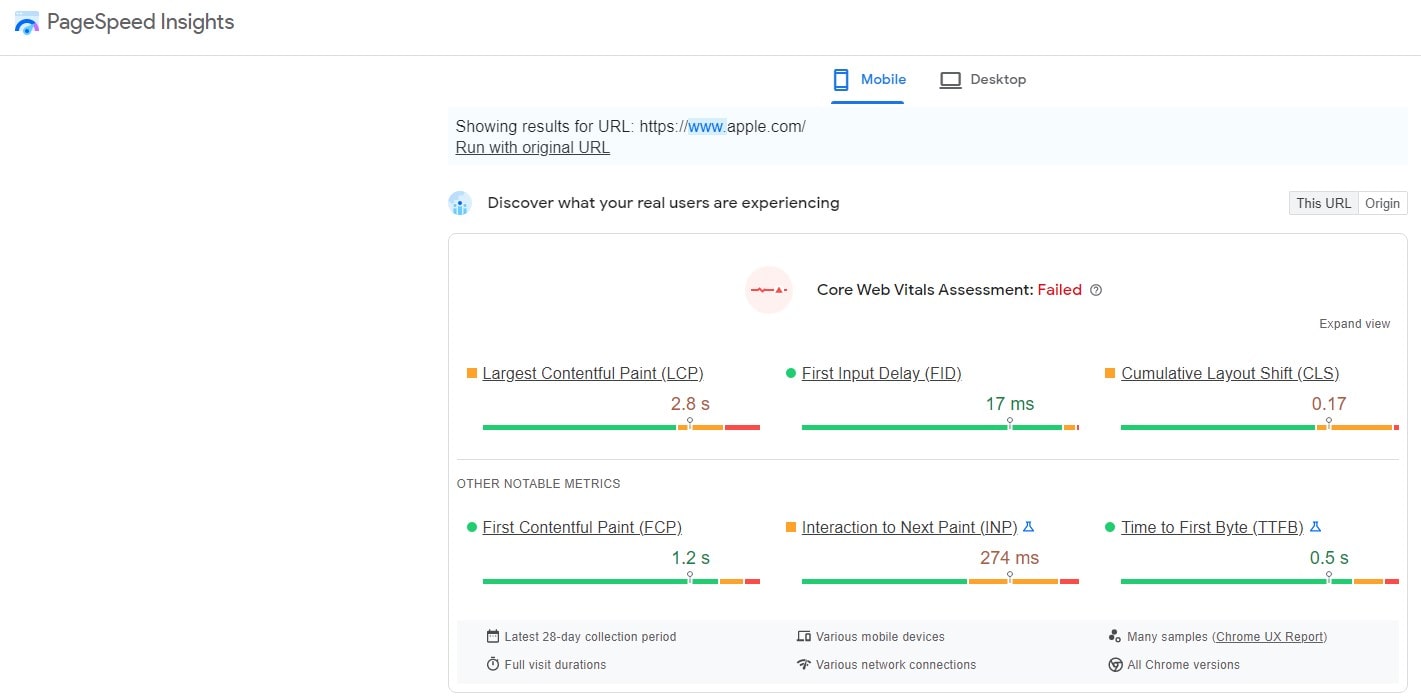
Crucially, Google’s Core Web Vitals reflect the user experience on your website. Three main concentrations define them: visual stability, interactivity, and loading speed. Think of them as the visitors’ lifeblood on your website.
- Why It Matters: Core Web Vitals directly impact your SEO rankings; they are not just technical speak. Google evaluates the quality of the user experience using these metrics, so low scores can lower your ranks. For example, if your website loads slowly, people may click away before it even starts, which is not good for business!
- How to Track It: Your go-to tool is the Core Web Vitals report in Google Search Console. It contains three important measures: Cumulative Layout Shift (CLS), First Input Delay (FID), and Largest Contentful Paint (LCP). Use this report to spot and resolve problems.
- Boosting the Core Web Vitals
- Largest Contentful Paint (LCP): Use a CDN, optimize photos and videos, and speed up your server.
- First Input Delay (FID): Use browser cache and reduce JavaScript execution.
- Cumulative Layout Shift (CLS): Allocate space for items and refrain from adding content over that which is already there.
Performance of SEO and user experience depend on core web vitals. Why allow poor load times or unstable designs to ruin your website? Ask questions in the space allotted for comments below!
Watch our channel for further guidance on website optimization. Examining and improving your Core Web Vitals with Plerdy’s tools guarantees a faster, smoother, and more interesting user experience. Come let me help your website to shine.
10. Crawl Errors
Search engines struggling to access pages on your website cause crawl issues. Should search engines fail to crawl your website, their capacity to index your pages suffers greatly. Search results won’t show unindexed content, hence this SEO statistic is really crucial.
- The Reasons It Matters Search engines find and index your material more slowly when they encounter crawl issues. Your pages are almost unnoticeable if they are not indexed. What a lost opportunity if crawl problems prevent people from finding your worthwhile material! Keeping an eye on this SEO metric guarantees the reliability of your material.
- Track It: Find crawl mishaps with Google Search Console. The coverage report lists problems, including server and 404 (Page Not Found) difficulties. A healthy site must have these issues fixed. Frequent monitoring of this SEO metric keeps you informed about accessibility problems.
- Debugging Crawl Errors
- 404 Errors: 301 redirects broken URLs to relevant, working pages.
- Server Errors: Verify the proper operation of your server. Server overloads and incorrect setups can be problematic.
- URLs that have been blocked To be sure important pages aren’t preventing crawling, check your robots.txt file.
It turns out that crawl problems hiding your great material make it impossible for possible clients to find it. Concerns regarding the solutions for these issues Put them down in the area designated for comments below!
Watch our channel for further guidance on keeping a perfect website. Use Plerdy’s instruments to track and resolve crawl problems so search engines may always find your website. To raise your SEO numbers, let us keep your content easily visible and accessible.
Finish
You’ve worked your way through the top 10 SEO metrics that can drastically improve your website’s performance. Concentrating on these metrics—organic traffic, keyword rankings, bounce rate, and conversion rate—positions your website for achievement. Enhancing these places can raise traffic, interaction, and conversions.
These KPIs are, as it happens, your road map for SEO success; what’s holding you back? Please ask any questions or request more information in the space provided for comments below. Helping is what we do!
Click to like this video and subscribe to our channel for more advice and observations. Plerdy’s robust tools let you do expert-level website optimization, A/B testing, and user behavior analysis. Maintaining our progress will help your website move up the SERPs. Enjoy your optimization!
